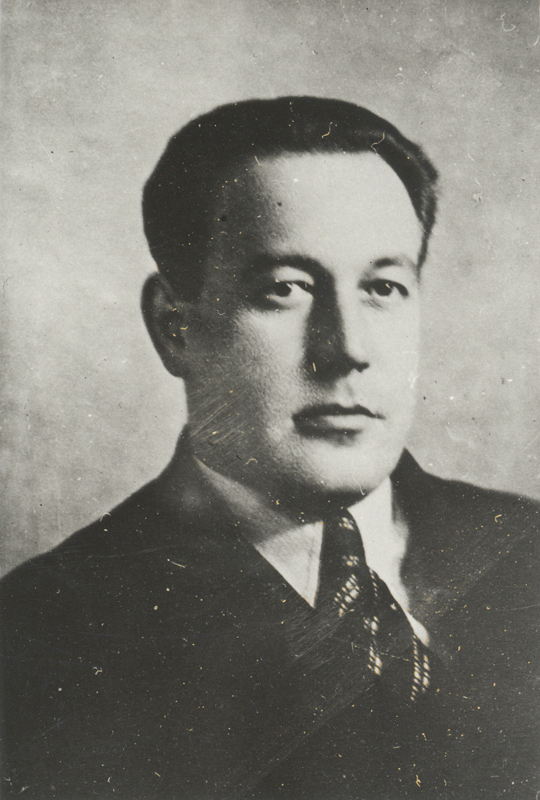Franz Stenzer lebte seit 1917 in München. 1918 noch zur Marine eingezogen, kehrte er Anfang 1919 zurück. Während der Räterepublik war er kurzzeitig bei der Arbeiterwehr des Bahnbetriebswerks, wo er Arbeit gefunden hatte, und ließ sich dann in Pasing nieder. Als Maschinenhausgehilfe und Kohlenlader bei der Reichsbahn engagierte er sich bald für die sozialen Probleme seiner Kolleg*innen, organisierte sich gewerkschaftlich im Eisenbahnerverband und wurde wiederholt zum Betriebsrat gewählt. Bereits 1919 war er der Pasinger KPD-Gruppe beigetreten und entfaltete eine rege politische Arbeit im Gewerkschafts- und Betriebsbereich, die ihn dann seit Mitte der 1920er-Jahre auch in die Leitung der südbayerischen KPD führte. Von Herbst 1928 bis Frühjahr 1929 besuchte er die Leninschule in Moskau, widmete sich dann in München wieder ganz der politischen Arbeit und wurde Ende 1929 in den Pasinger Stadtrat gewählt, 1932 außerdem in den Reichstag. Im selben Jahr wurde er Mitglied des Zentralkomitees der KPD.
Nach der Machtübernahme der Nazis emigrierte Stenzer trotz großer Gefährdung nicht, sondern übernahm aus der Illigalität heraus die Koordination der Untergrundarbeit der KPD in Bayern. Weil ihn die Polizei zunächst nicht fassen konnte, nahm sie am 19. April 1933 seine Frau Emma (1897-1998) in „Geiselhaft“, trotz drei kleiner Kinder. Am 30. Mai schließlich verhaftete die Polizei Stenzer am Münchner Roecklplatz und verbrachte ihn am nächsten Tag ins KZ Dachau, wo er als „prominenter“ Nazigegner im Lagergefängnis brutal misshandelt wurde; am 22. August holten ihn SS-Männer aus der Zelle und ermordeten ihn. Der in der NS-Presse verkündete angebliche Fluchtversuch, bei dem Stenzer erschossen worden sei, wurde von den anschließenden staatsanwaltschaftlichen Untersuchung eindeutig widerlegt. Stenzer war aus kurzer Entfernung in den Hinterkopf geschossen worden.
Auch Franz Stenzers Bruder Rupert war von Ende Juni 1933 bis April 1935 im KZ Dachau inhaftiert. Als Emma Stenzer für die Beerdigung ihres Mannes drei Wochen Hafturlaub gewährt wurde, nutzte sie die Gelegenheit, um mit Unterstützung der „Roten Hilfe“ zusammen mit ihren Kindern zu fliehen: zuerst ins Saarland, dann nach Paris und schließlich 1934 ins Exil nach Moskau. 1945 kehrte sie nach Deutschland zurück und lebte in Ost-Berlin.


